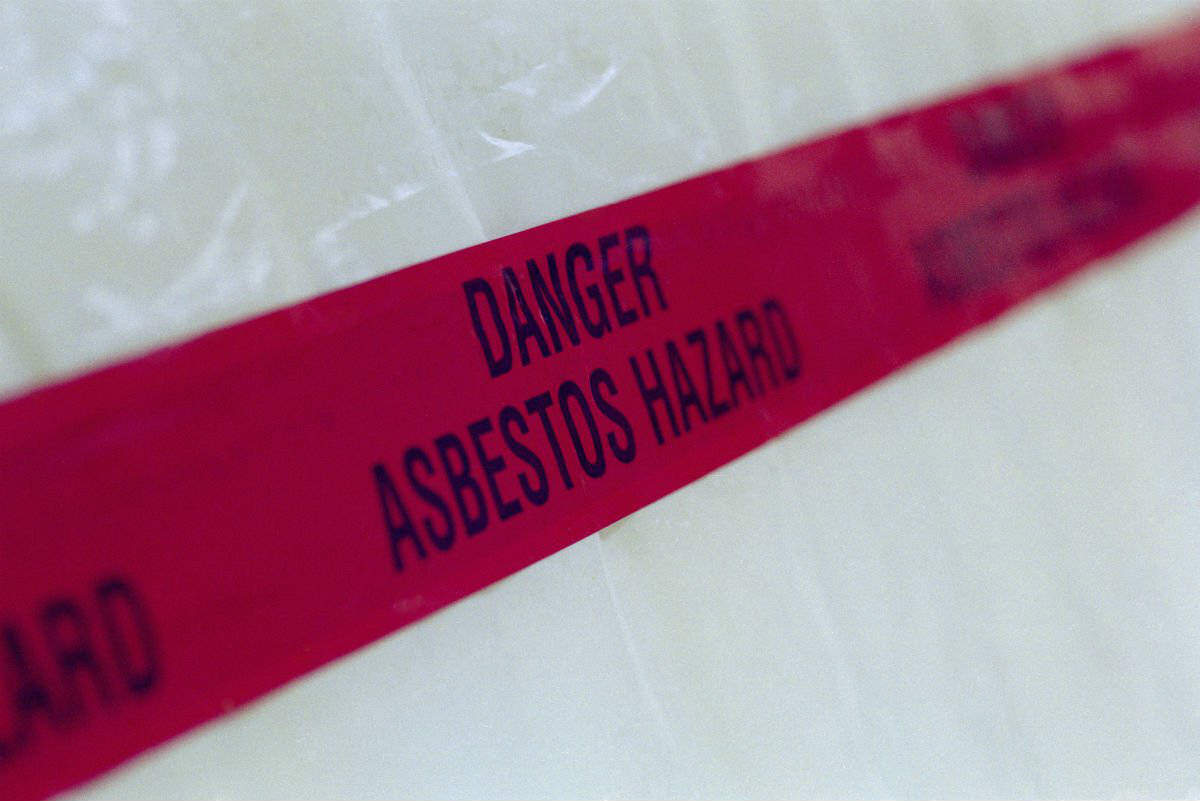Occupational exposure to asbestos can cause serious illnesses, including mesothelioma, a type of cancer that results from asbestos exposure.

In recent years, asbestosis has become more prevalent and litigation and compensation claims related to it have become quite common. There are federal guidelines for employers to reduce asbestos exposure and prevent occupational mesothelioma.
Preventing Occupational Asbestos Exposure
To prevent health hazards posed by asbestos exposure and to avoid potential legal issues, employers must follow federal guidelines to reduce the exposure of workers to asbestos. These guidelines have been taken from the National Institute for Occupational Safety and Health Guide to Asbestos Safety and the Occupational Safety and Health Administration’s website.
NIOSH Asbestos Safety Guide
NIOSH’s asbestos safety guide identifies four key sources of asbestos exposure:
- skin contact
- inhalation
- ingestion
- eye contact
In order to ensure worker safety, the following steps are recommended:
- prevent eye and skin contact with asbestos
- change clothes daily
- wash skin daily with soap and water
- wash eyes with clean water immediately upon exposure
- get fresh air when needed
Depending on the environmental conditions, employers should make available to workers one of several types of respirators. According to the Centers for Disease Control and Prevention, workers must use respirators approved by the Mine Safety and Health Administration or by the NIOSH.
Additional Protective Measures
Authorities have set conservative limits on the exposure to asbestos fibers to prevent mesothelioma and other types of cancers. For example, for fibers longer than 5 micrometers, the limit is 0.1 fiber per cubic centimeter of air. Employers are required to comply with these limits and are required to use one of the approved testing methods to ensure compliance. The Centers for Disease Control lists protective measures for workers involved in demolishing buildings, removing asbestos, and manufacturing asbestos containing products. Recommended measures include:
- using a wet process whenever possible
- enclosing the area
- using exhaust ventilation or water sprays
There are additional workplace safety measures that can help reduce asbestos exposure and resulting illnesses such as mesothelioma. These include:
- Providing protective clothing to workers to deal with asbestos.
- Providing eye wash fountains near work areas where asbestos is present.
- Requiring workers to take a shower after each shift.
- Informing professional cleaners about the presence of asbestos.
- Placing contaminated clothing in a marked container after use.
To reduce exposure, the workers should be advised against eating, drinking, smoking, using tobacco or other chewing products near the workplace where asbestos may be present.
Compensation for Occupational Mesothelioma
By following these safety measures, employers can reduce exposure and workers’ compensation claims. If you have developed an illness due to occupational exposure to asbestos, seek legal help from a St. Louis mesothelioma lawyer. Call The Law Office of James M. Hoffmann at (314) 361-4300. We will fight for your legal rights and ensure you are adequately compensated.
